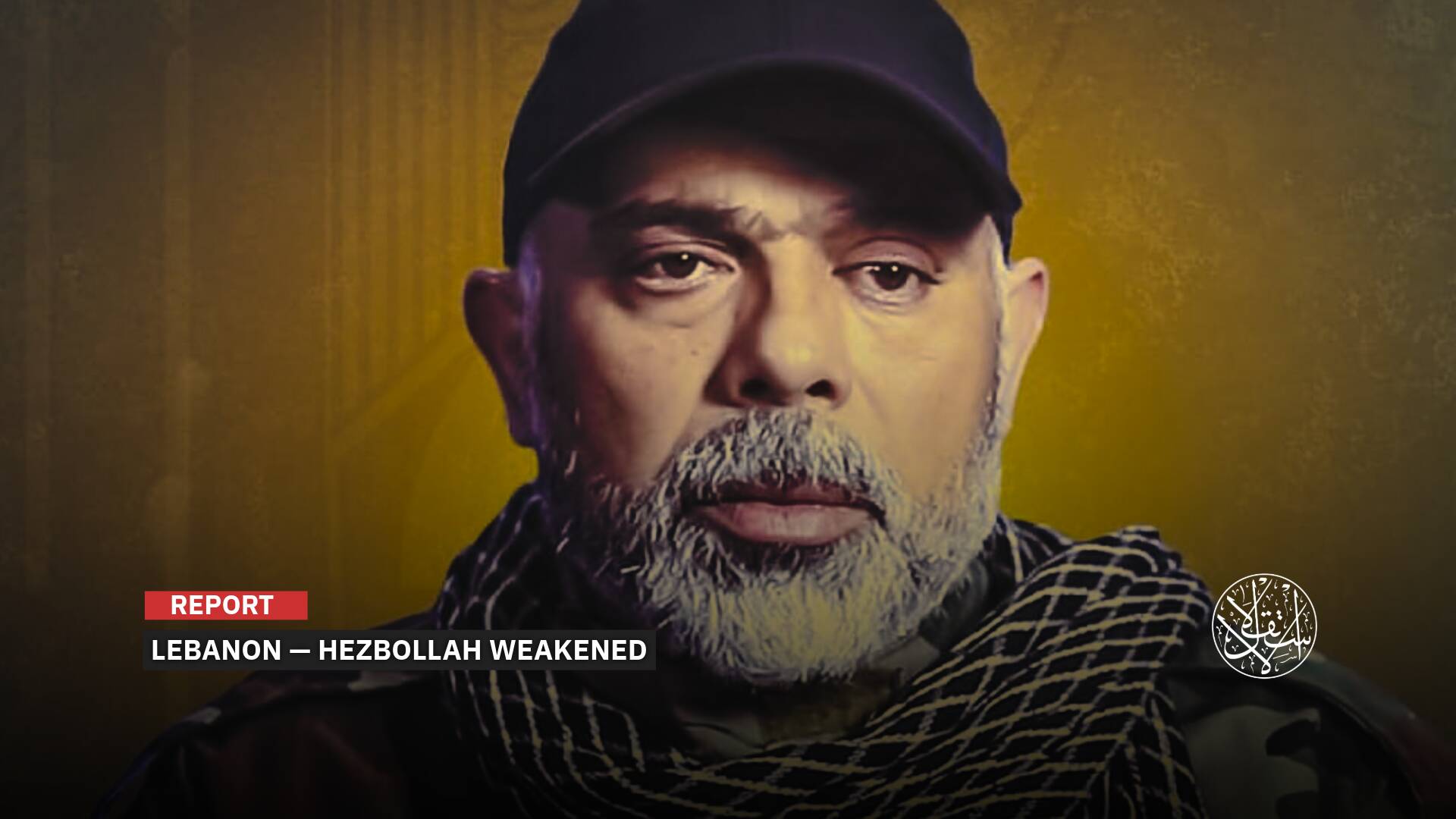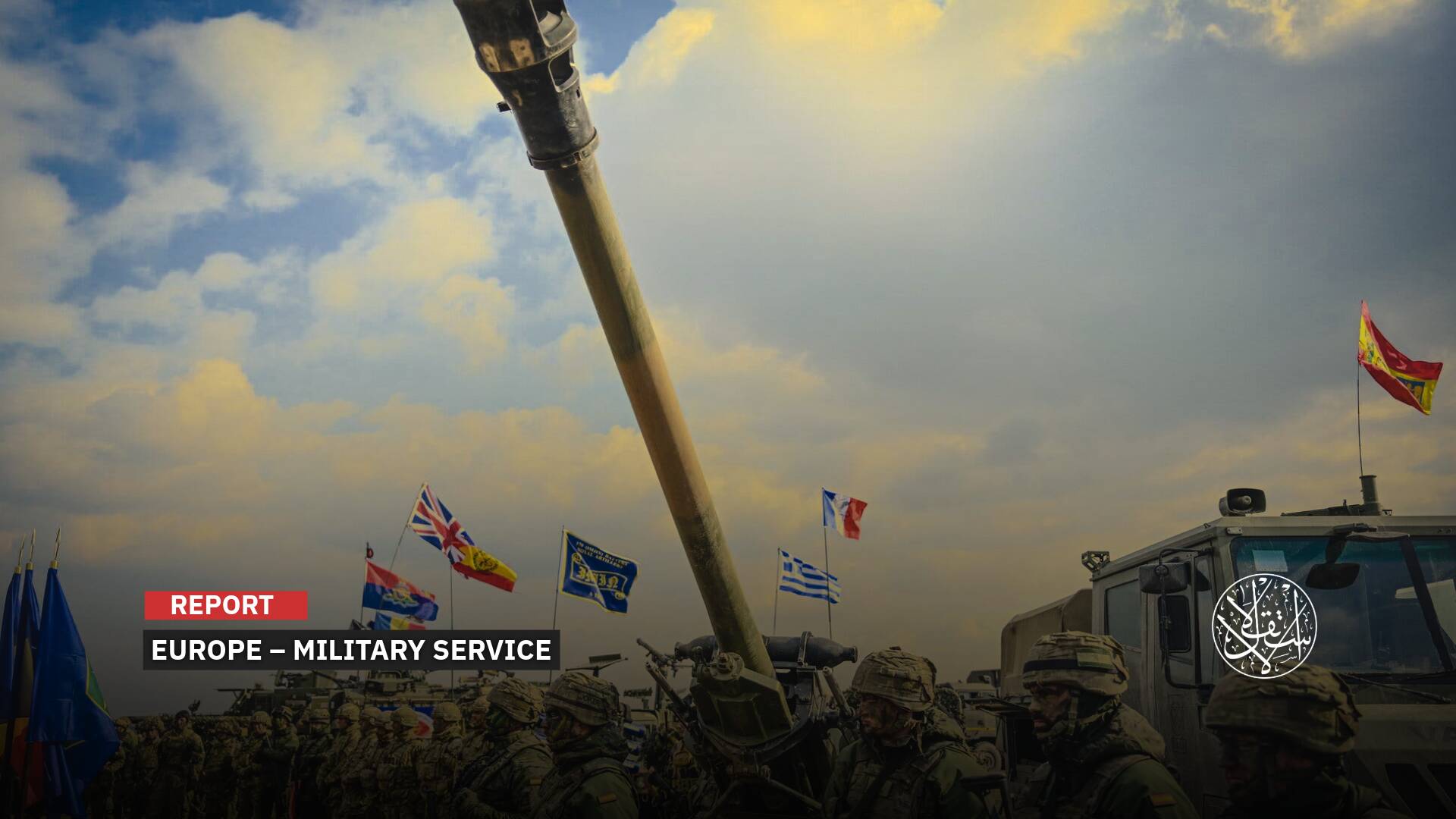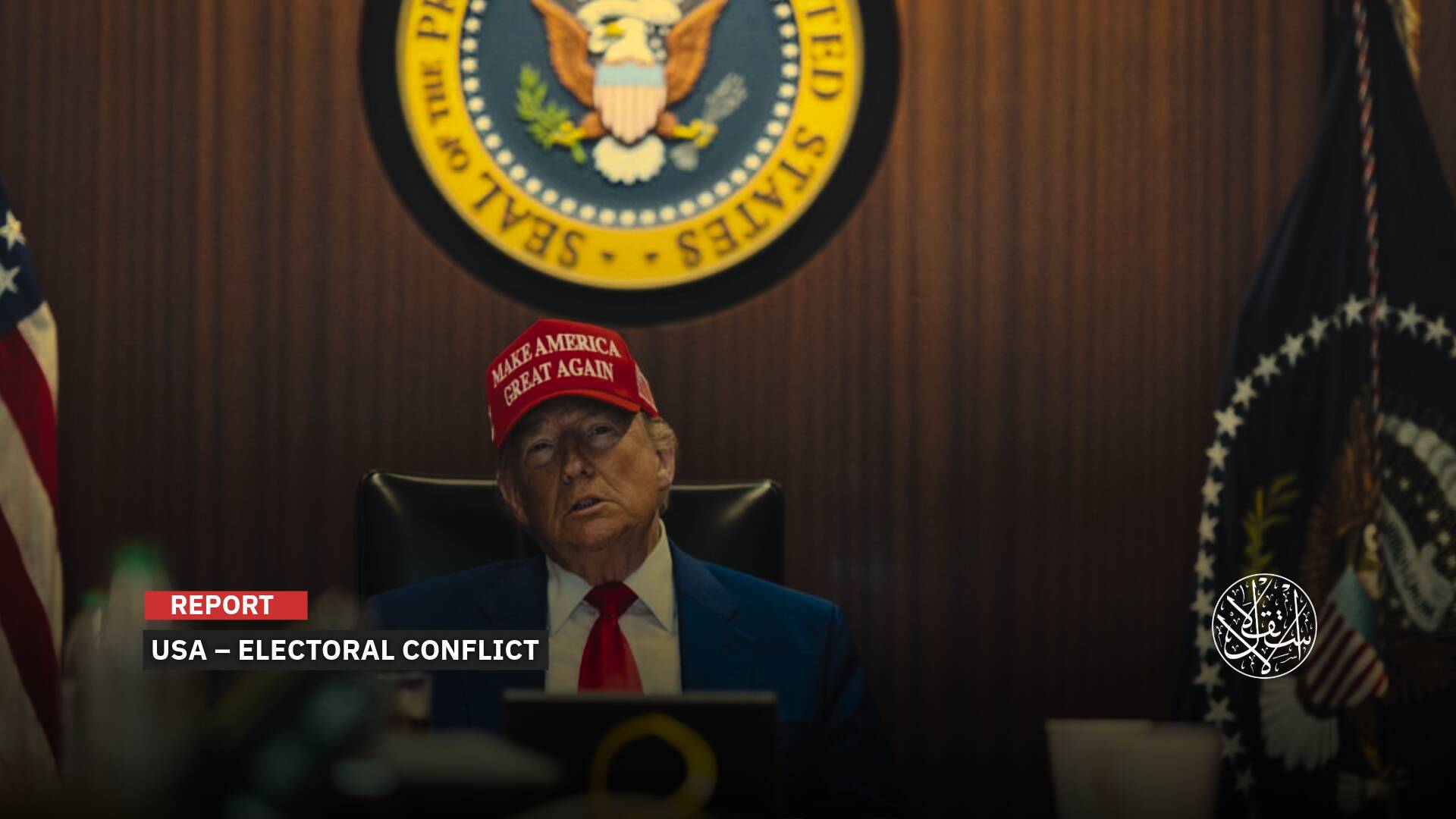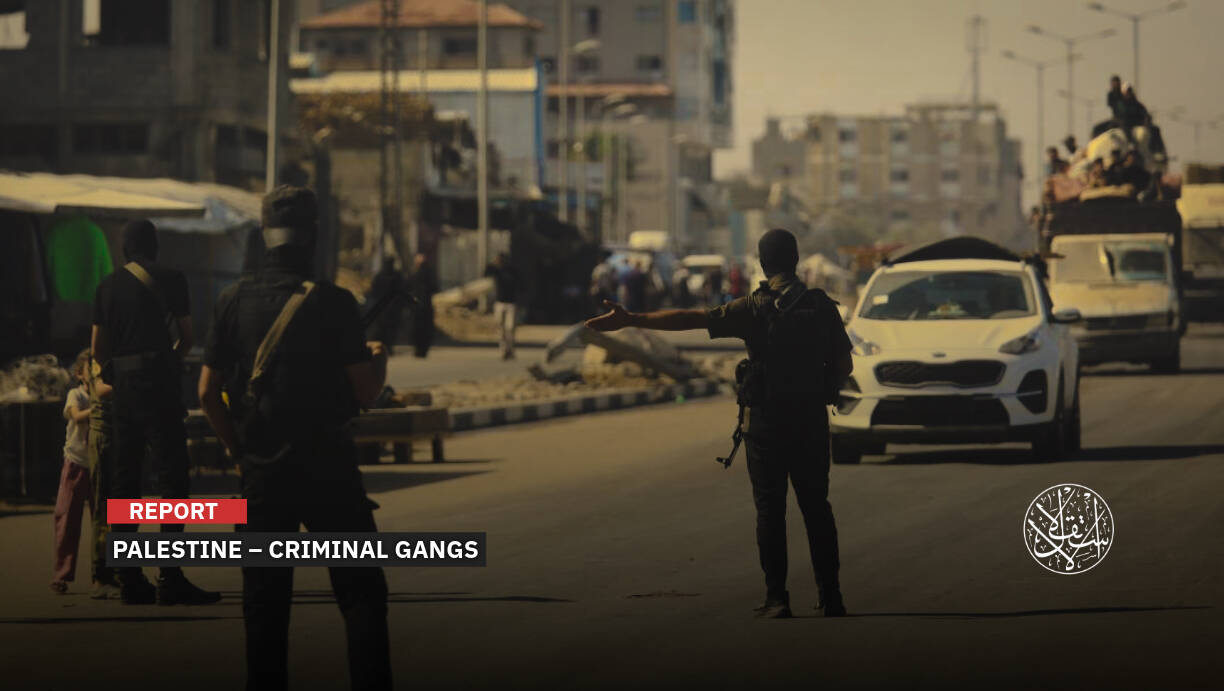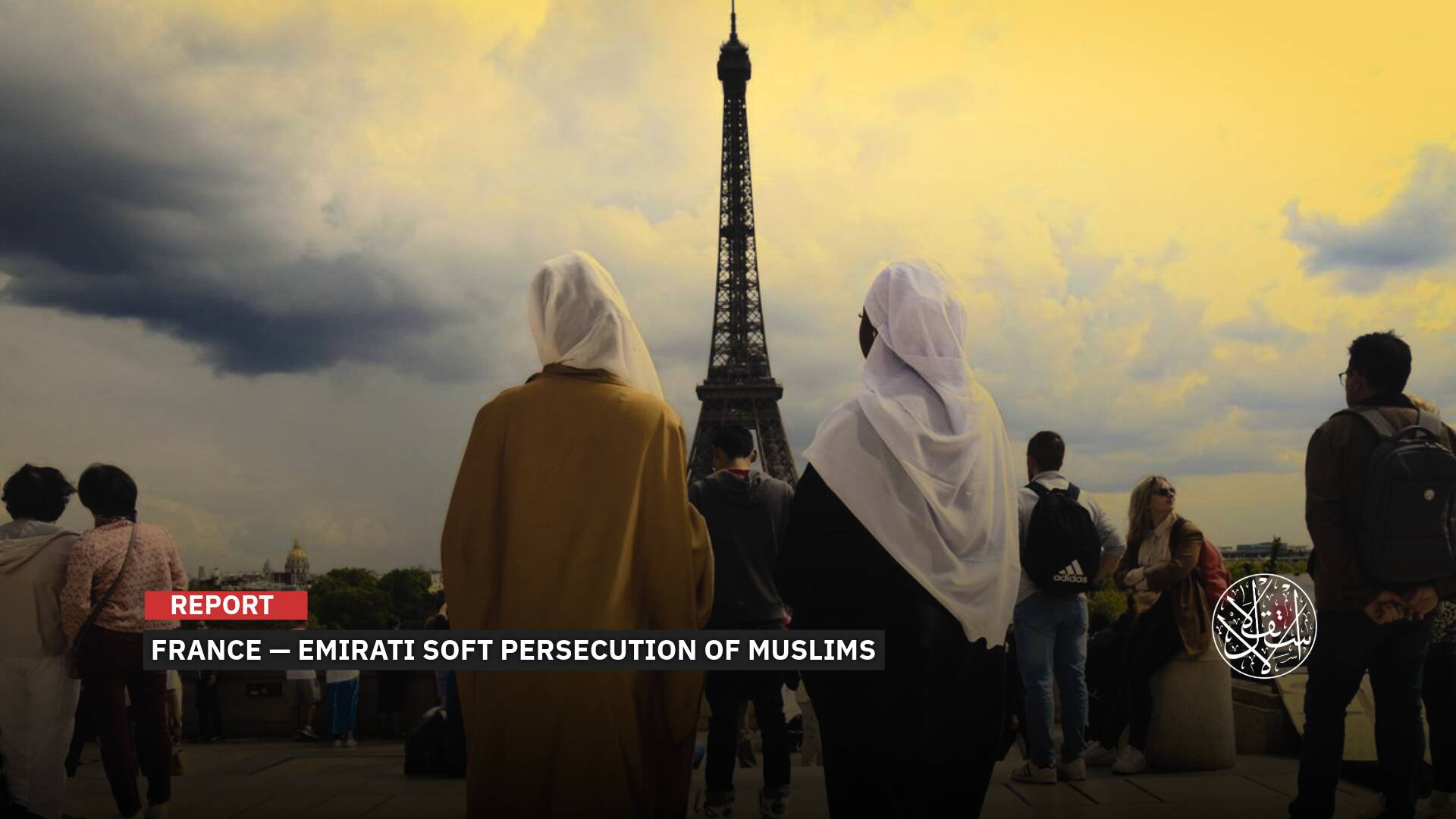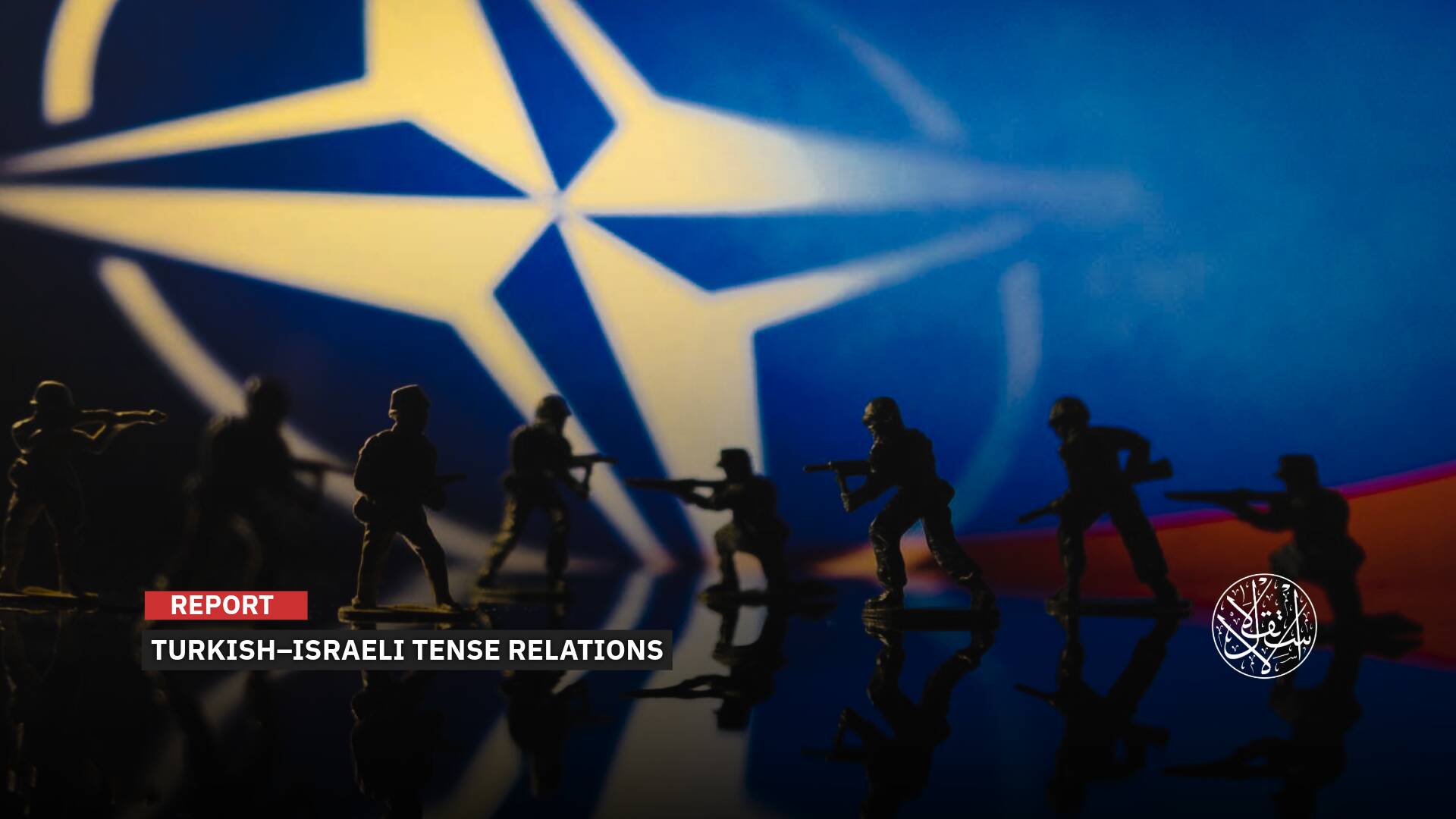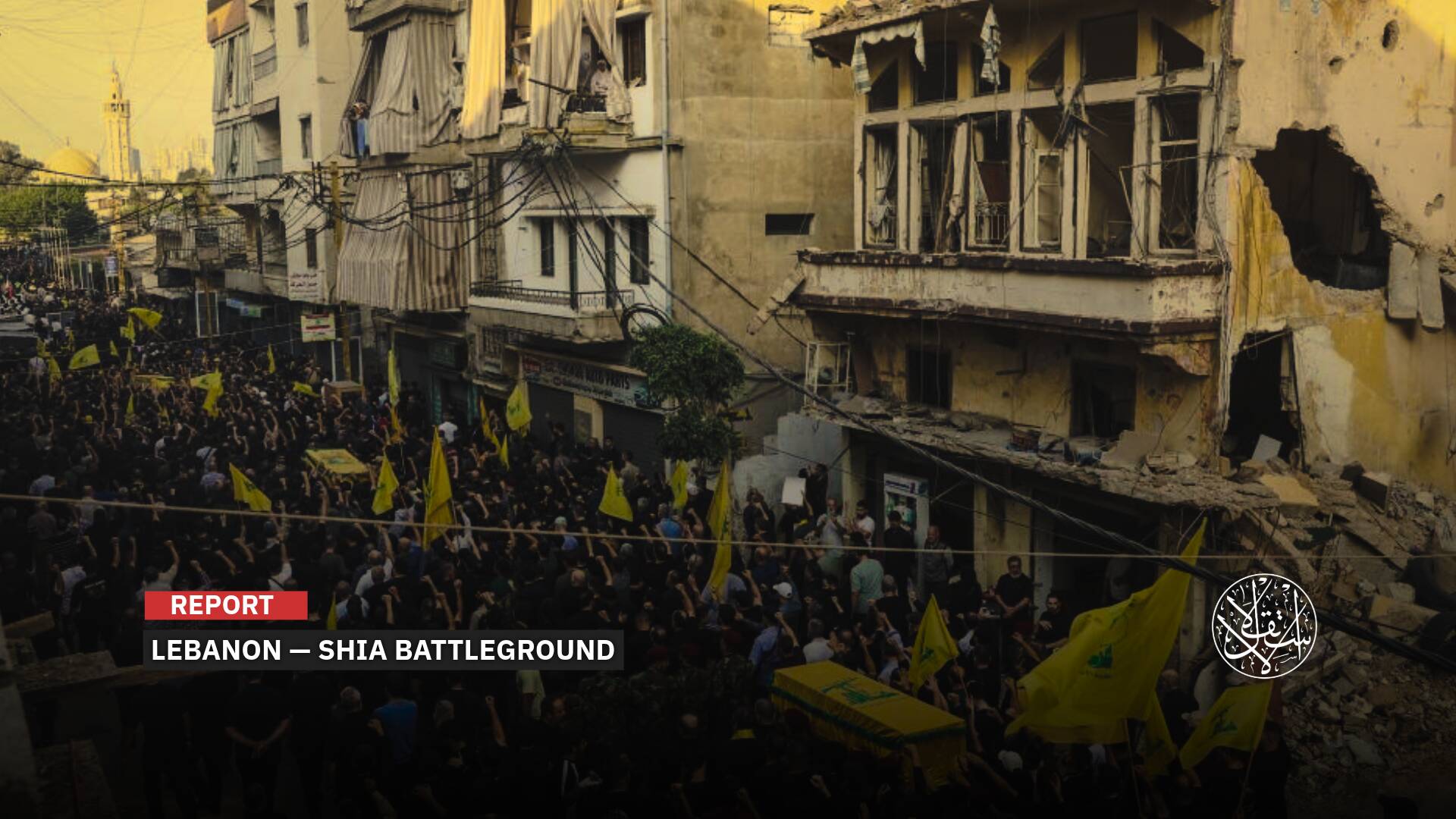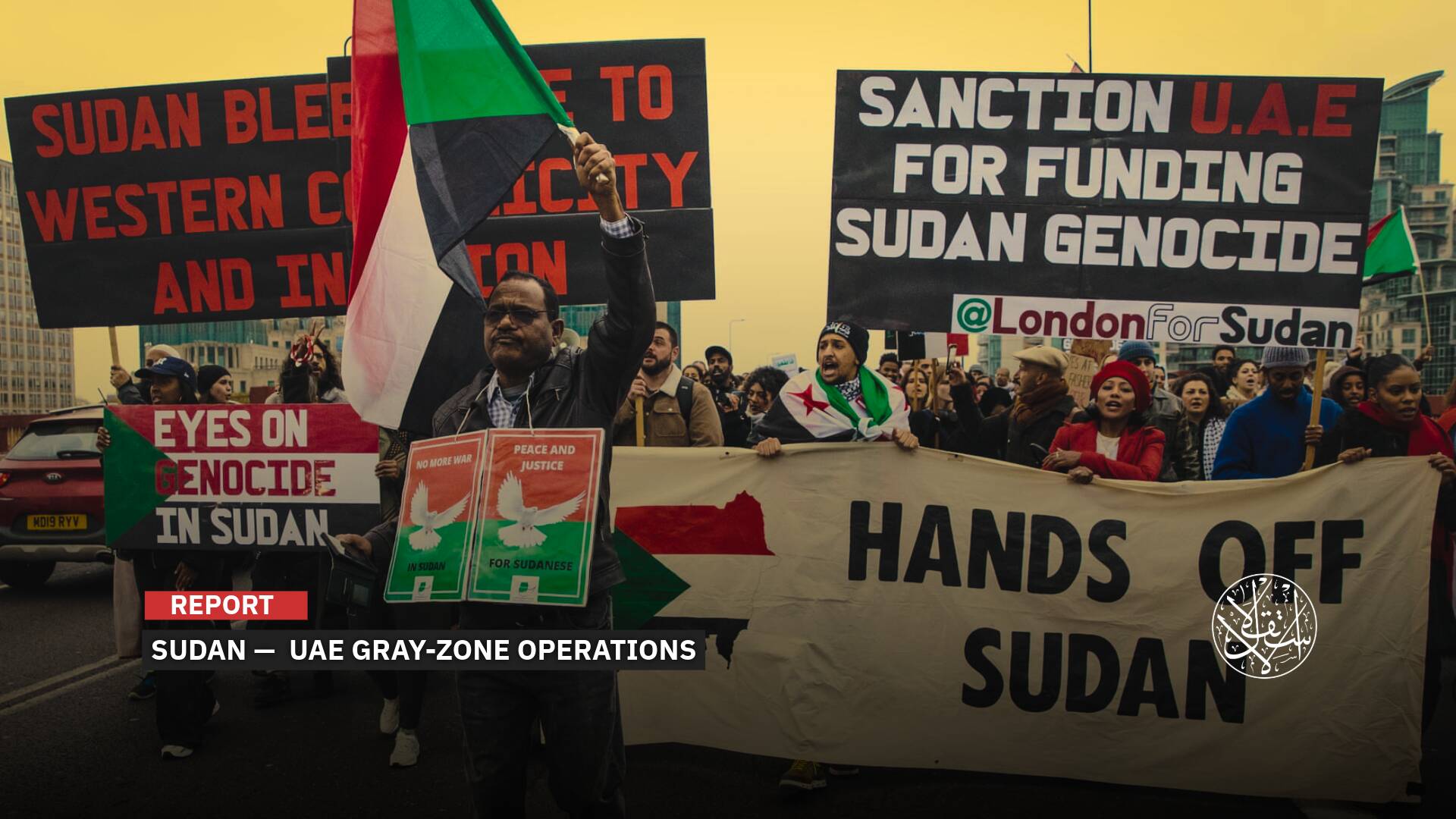How Iranian Hardliners Seek to Impose the Hijab Through the Women’s Protection Law
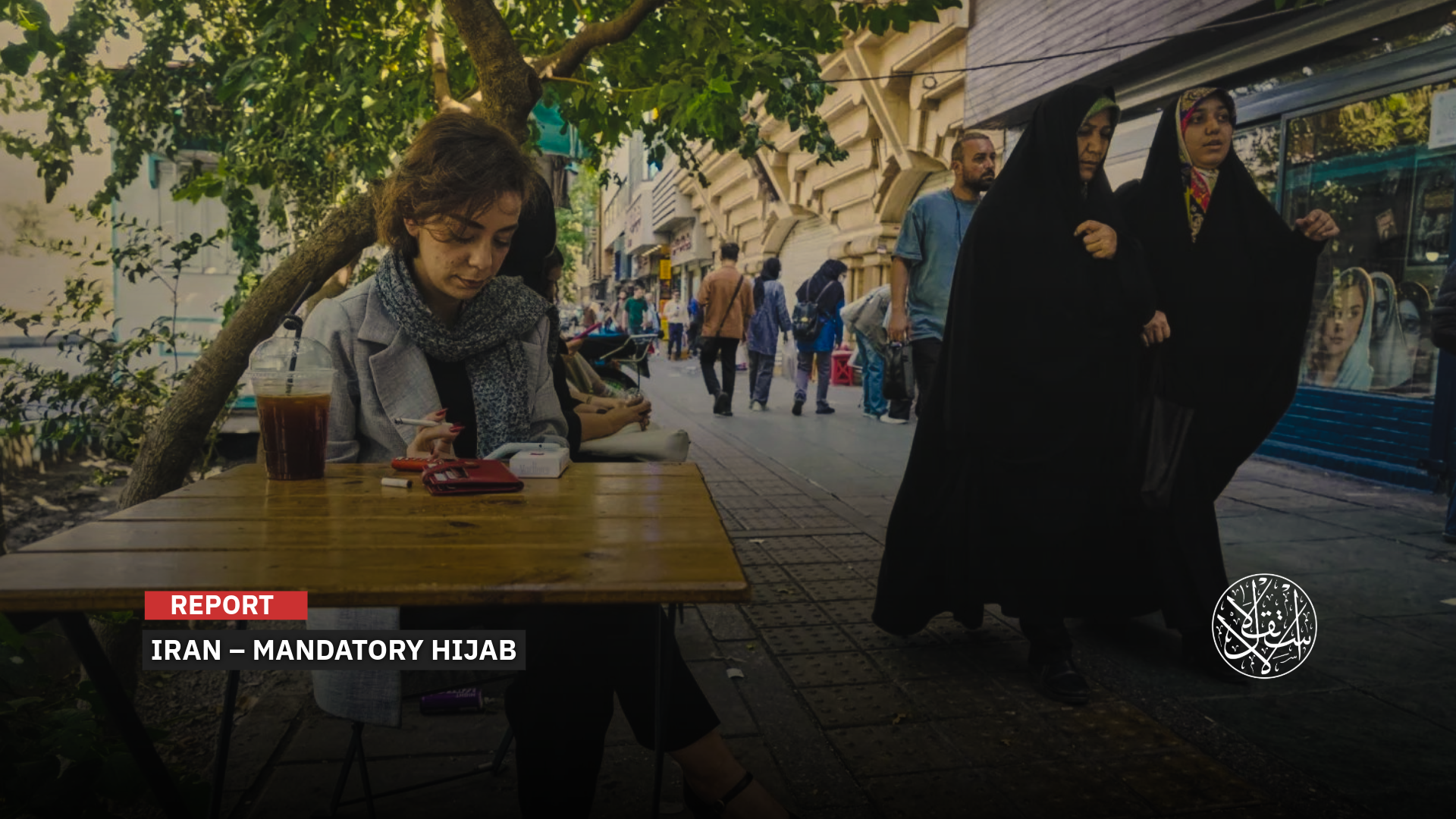
“Iran’s judiciary spokesman recently confirmed that hijab laws remain in force.”
In recent weeks, Iran has witnessed a renewed escalation in the political and media debate surrounding the hijab issue, particularly after unprecedented statements by senior officials brought back to the forefront an issue that has long been considered a cornerstone of the Islamic Republic's ideological identity since 1979.
Despite the Iranian regime's attempts to suspend some laws related to women's dress, the official insistence on maintaining the mandatory hijab makes the issue potentially explosive, between authorities who view it as a religious pillar and women who view it as a symbol of guardianship and control.
The hijab became a hot topic within Iran after morality police patrols were deployed to the streets to combat violations of the mandatory hijab. This sparked widespread protests in late 2022 following the death of Mahsa Amini, a young woman, following her arrest by the morality police in Tehran on charges of violating the hijab rules.
These protests created a different reality and landscape regarding the hijab in society than what had prevailed before its outbreak.
Iranian women began removing their hijabs as a protest, which over time became a widespread phenomenon, especially in major cities.
Iranian authorities recently eased their enforcement of the mandatory hijab, raising questions about whether Tehran was on the verge of real change, or whether it was a political maneuver to contain mounting anger amid regional shifts.
Mandatory Hijab
On October 3, Mohammad Reza Bahonar, a member of Iran's Expediency Discernment Council, sparked political controversy when he announced during a podcast debate that the Supreme National Security Council had suspended the regulation on mandatory hijab.
He explained that the draft hijab law is no longer legally enforceable, and there are no longer any obligations, fines, or penalties related to it.
These statements were widely understood to mean that women are no longer required to wear the hijab, marking a historic shift in Iranian politics.
Bahonar's statements sparked widespread controversy between conservative and reformist factions, bringing the issue of the Chastity and Hijab Law back to the forefront of public debate after months of stalled implementation, not to mention Iranian President Masoud Pezeshkian's refusal to implement it.
Some members of parliament viewed Bahonar's statements as a veiled call not to wear the hijab, demanding clarification of the position or face legal accountability.
Mohsen Dehnavi, spokesman for the Expediency Discernment Council, wrote that Bahonar's comments did not reflect the official views or legal status of the council.
Hossein Shariatmadari, editor of the hardline daily Kayhan, denounced Bahonar’s terminology, saying the phrase mandatory hijab was fabricated by the enemies of Islam and the Revolution.
Shariatmadari wrote: “Bahonar has not explained what he means by using the term mandatory hijab. If the hijab is a legal requirement—and it is—why should it not be enforced?”
Following a backlash from hardliners, Bahonar retracted his statements opposing mandatory hijab, describing it as a social necessity and urging the punishment of those who defy it.
On October 7, Iran’s judiciary spokesman Ali Asghar Jahangir confirmed that hijab laws remain in force.
It is worth noting that the Iranian government announced in December 2022 the dissolution of the morality police and the suspension of their activities, which was seen as a step toward easing restrictions on women.
However, in December 2024, parliament approved a new law that increased penalties for not wearing the hijab, including imprisonment and fines, sparking widespread human rights criticism.
The Supreme National Security Council, led by reformist President Masoud Pezeshkian, decided last May to suspend the implementation of the strict hijab law, amid security concerns about a new wave of street protests.
However, Iran has recently witnessed a wave of government measures against dozens of businesses accused of not adhering to hijab regulations, including the closure of cafes and restaurants.
Police issued a new directive on October 9 warning all commercial establishments and public places against adhering to hijab regulations, stating that violators would face closure or license revocation.

Deep Division
In a recent Fox News interview, President Masoud Pezeshkian reaffirmed his opposition to coercion, saying he does not believe in forcing women to wear the hijab.
He added that his government is not seeking to escalate the issue, but rather to reduce the social and political tensions associated with it.
As a result of these statements, the sight of women without hijab in the streets, cafes, and universities has become commonplace, despite official threats. This reflects a clear social shift in Iranians' relationship with public dress codes.
Observers say that Iranian women's retreat from the mandatory hijab reflects a general societal fatigue with the restrictions imposed for more than four decades.
The widespread practice of removing the hijab among Iranian women, which in some cases has turned into acts described as indecent exposure, has led to increased criticism from conservatives, who are demanding that the authorities enforce the hijab law and address violations related to it.
In June, Pezeshkian asserted in a tweet on X that both mandatory hijab and nudity are unacceptable in Iranian society, emphasizing that mandatory hijab leads to resentment and discontent, and that moral decadence and nudity are not acceptable to the general public.
In August, Pezeshkian also called for resolving the issue of mandatory hijab through dialogue, not force and quarrels.
The issue of mandatory hijab has been one of the most deeply divisive issues in Iranian society since the 1979 Islamic Revolution.
The hijab was imposed as a symbol of the Islamic identity of the Republic, but younger generations now view it as a restriction on personal freedom.
The issue remains a flashpoint since the 2022 death of Mahsa Amini, which sparked nationwide protests, with more women refusing to comply with mandatory hijab rules in public despite warnings, fines and surveillance.
Across major cities, women are increasingly seen without headscarves in public spaces, often posting videos online in acts of civil disobedience.
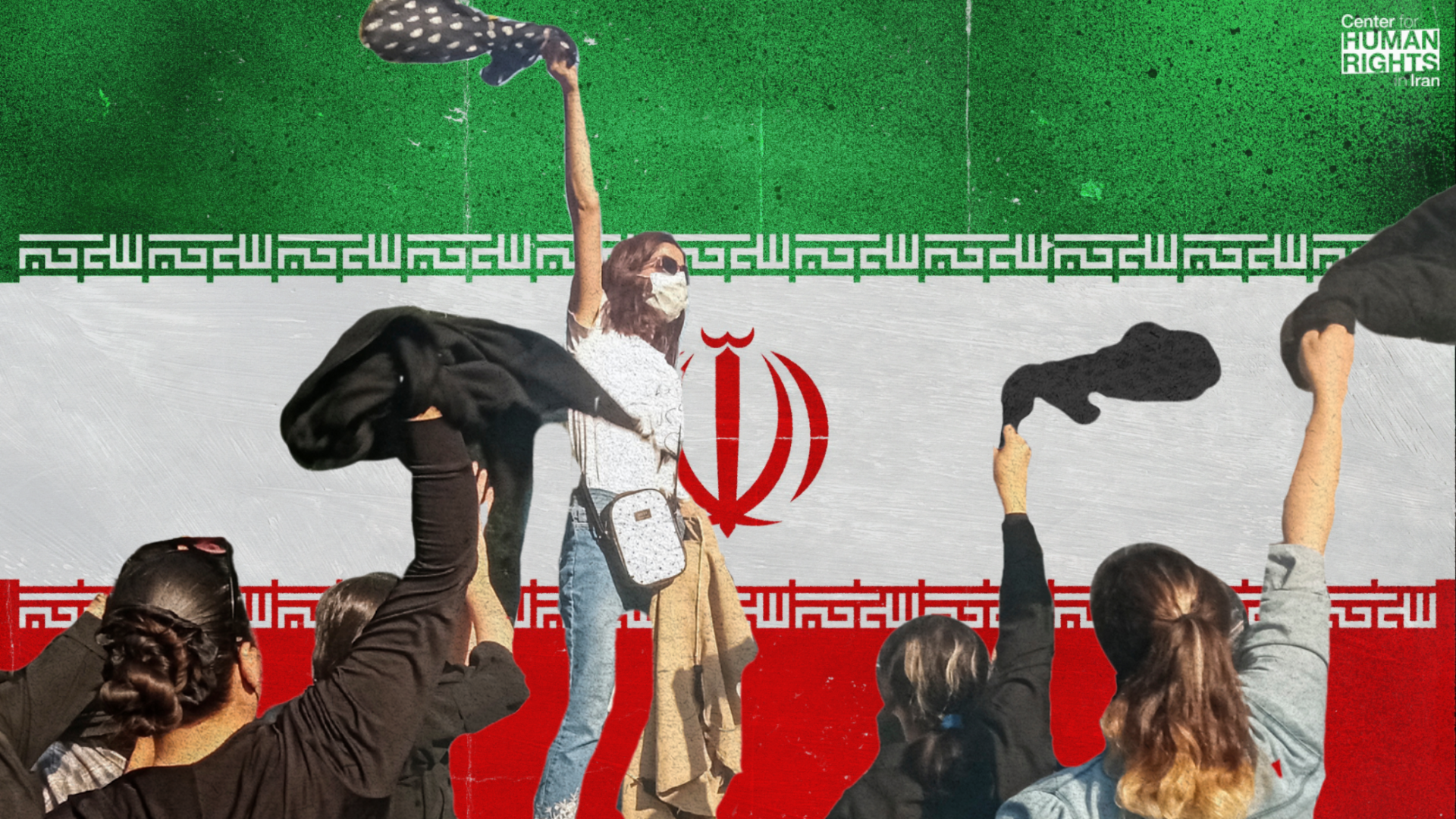
Strict Commitment
At a time when Iranian women continue to resist mandatory hijab policies, hardline clerics and lawmakers have once again called for stricter adherence to the hijab, reflecting the escalating conflict between the authorities and society over one of the most sensitive issues.
During a joint meeting of members of the Assembly of Experts, prominent conservatives sharply criticized what they described as a decline in adherence to the hijab in Iranian cities, holding the government responsible for what they considered cultural laxity.
Assembly member Hashem Hosseini-Bushehri said that the country is witnessing neglect and a lack of seriousness on the part of officials regarding economic and cultural issues, most notably the hijab issue.
In turn, MP Mojtaba Zonnour of Qom noted that “if the issue of hijab is not managed properly, it will worsen like a cracked dam,” accusing parliament’s leadership of inaction.
In various Iranian cities, Friday prayer leaders nationwide echoed similar messages in coordinated sermons.
Tehran’s temporary prayer leader Mohammad Javad Haj Ali Akbari urged observance of modesty in public.
Shahrekord’s cleric Mostafa Hashemi said hijab was a divine obligation, not a personal right, and that neglecting it disturbs the community’s psychological peace.
In a related context, the Etemad newspaper reported that a number of hardline parliamentarians are seeking to include provisions from the Chastity and Hijab law in a draft law titled Preventing Violence Against Women, a move observers consider an attempt to reactivate previously suspended restrictive provisions.
It appears that hardliners, having lost hope of enforcing the old version of the hijab and chastity law, have resorted to re-introducing their ideas in a new draft law related to Protecting Women.
On October 12, Masoumeh Ebtekar and Shahindokht Molaverdi, former Vice Presidents for Women and Family Affairs in Hassan Rouhani's governments, sent a letter to current President Masoud Pezeshkian, warning of the changes in form and content introduced into the draft law and calling for its reform.
They warned that the removal of protective and supportive mechanisms for women and families against violence could deepen social divisions and weaken national cohesion.
Pezeshkian's government had withdrawn the draft law from parliament last May. Zahra Behrouz Azar, Vice President for Women and Family Affairs, said at the time that discussion of the draft law in a non-judicial committee had led to fundamental changes to its text, even changing its name entirely.
“Since the government's primary goal is to protect women from violence, and because the amended bill deviates from this, the goal was decided to be reclaimed from Parliament,” she noted.

Despite official divisions, the mandatory hijab remains in place in large parts of the country, especially in public institutions and government schools.
Iranian Supreme Leader Ali Khamenei last forcefully touched on the issue in April 2023 when he declared that disregarding the hijab was both religiously and politically haram forbidden.
The Iranian regime seems to be adopting a cautious approach, maintaining the 2024 hijab law on paper but refraining from active enforcement—at least in the near term.
With the reinstatement of UN sanctions, stalled nuclear negotiations with the US and the looming threat of renewed conflict in the region, Iran’s leadership is expected to continue pausing the strict implementation of the hijab law to avoid triggering unrest.


